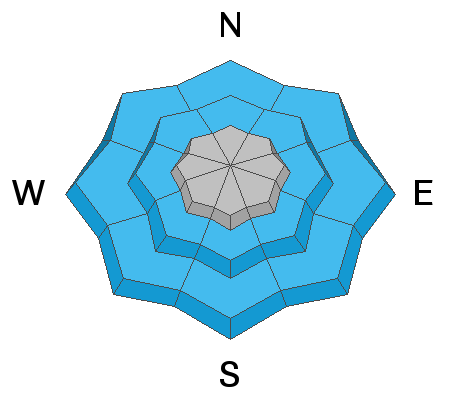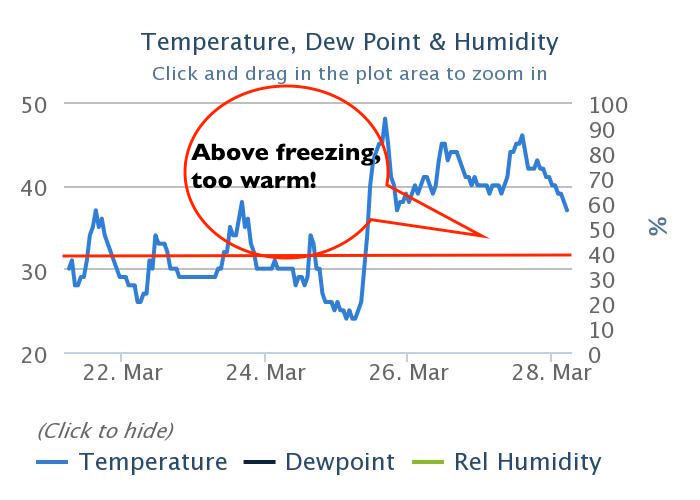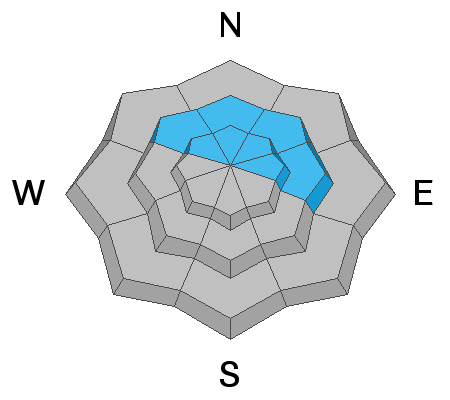Forecast for the Salt Lake Area Mountains

Issued by Evelyn Lees on
Thursday morning, March 28, 2019
Thursday morning, March 28, 2019
The avalanche danger is MODERATE on steep upper elevation slopes for triggering a slab of wind drifted snow. These drifts will be most widespread on slopes facing the north 1/2 of the compass, but scattered drifts may be found at the mid elevations and cross loaded around terrain features. At the mid and low elevations, the avalanche danger is MODERATE for wet snow avalanches - both loose sluffs and wet slabs.

Low
Moderate
Considerable
High
Extreme
Learn how to read the forecast here









